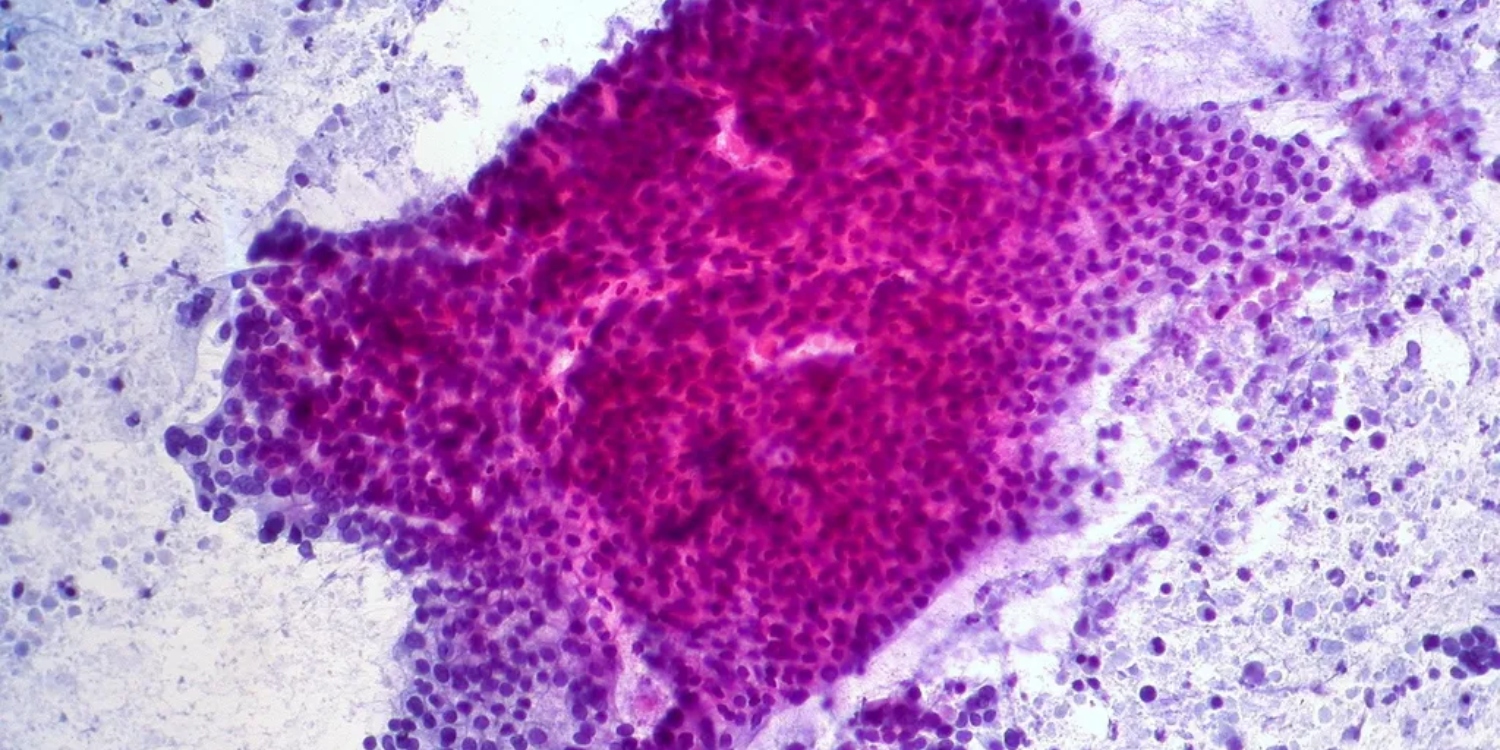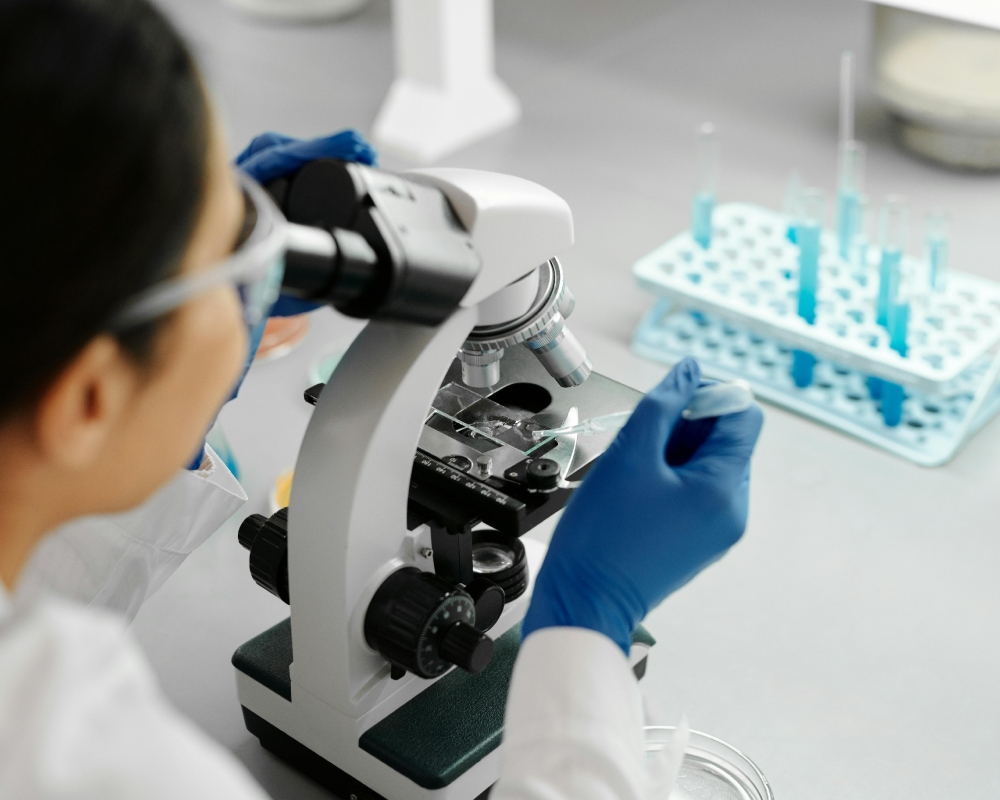The Impact of Deadly Cancers
Cancer remains one of the most formidable challenges in modern medicine, with certain types posing particularly high mortality rates. Among the top 10 deadliest cancers, lung cancer leads the list as the most lethal, followed closely by pancreatic cancer and liver cancer. These cancers are characterized by their aggressive nature, late-stage detection, and limited treatment options, making them especially challenging to overcome.

Despite advancements in cancer research and treatment, the mortality rates for these deadly cancers remain alarmingly high. The complex nature of cancer biology, coupled with factors such as late-stage diagnosis and limited access to care, contributes to the difficulties in effectively treating these diseases. However, ongoing research efforts hold promise for improving outcomes and finding cures for these deadly cancers.
Progress Toward Treatment and Cure
While the prognosis for many of the deadliest cancers may seem grim, significant progress has been made in understanding their underlying mechanisms and developing innovative treatment approaches. Immunotherapy, targeted therapies, and precision medicine are revolutionizing cancer treatment by targeting specific molecular pathways and harnessing the body’s immune system to fight cancer cells.
For example, advances in immunotherapy have led to remarkable breakthroughs in the treatment of lung cancer, particularly in patients with certain genetic mutations or biomarkers. Similarly, targeted therapies have shown promise in treating pancreatic cancer and liver cancer by attacking specific genetic mutations or cellular pathways driving tumor growth.
Despite these advancements, challenges remain in translating scientific discoveries into effective treatments for all patients. Clinical trials play a crucial role in evaluating new therapies and identifying novel approaches to treating deadly cancers. By participating in clinical trials and supporting cancer research efforts, patients and caregivers can contribute to the ongoing quest for a cure.
The Importance of Early Detection and Prevention
Early detection and prevention are key strategies for reducing the burden of deadly cancers and improving survival rates. Screening programs, such as low-dose CT scans for lung cancer and imaging tests for pancreatic cancer, can help detect these diseases at earlier stages when treatment options may be more effective.

In addition to screening, adopting healthy lifestyle habits, such as maintaining a balanced diet, exercising regularly, and avoiding tobacco and excessive alcohol consumption, can help reduce the risk of developing deadly cancers. Education and awareness campaigns are essential for promoting early detection and prevention efforts and empowering individuals to take charge of their health.
By prioritizing research, innovation, and prevention strategies, we can work together to confront the challenges posed by the deadliest cancers and move closer to a future where these diseases are no longer a threat to public health.